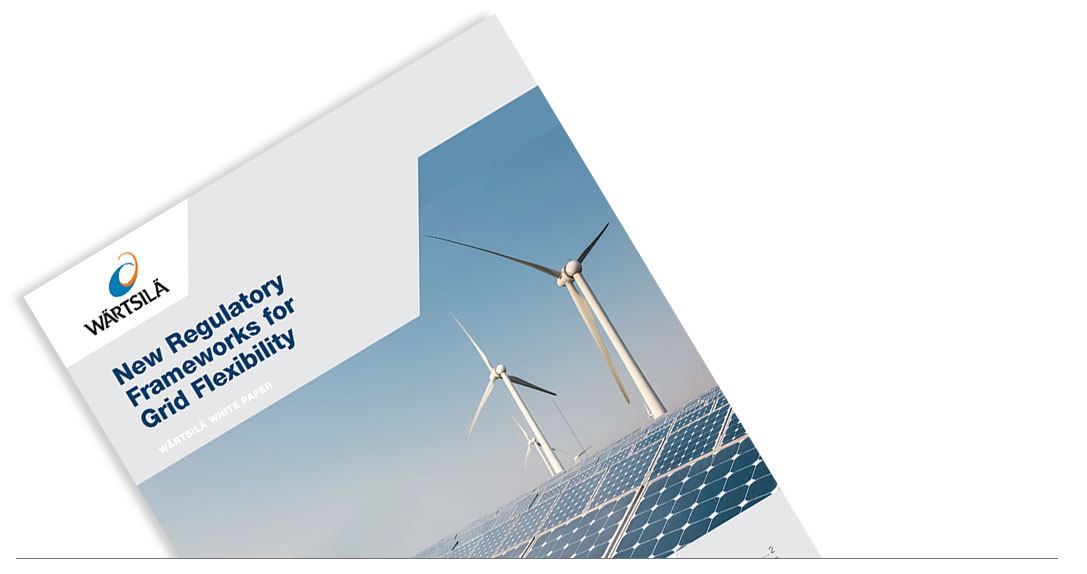

New Regulatory Frameworks for Grid Flexibility
The trend toward increasing variability and the potential uncertainty in power generation is characteristic of all power systems where non-dispatchable renewable energy generation (mainly wind and solar) is implemented.
As the amount of renewable energy (“RE”) increases, power systems face new challenges not only in maintaining system reliability and resilience but in balancing net load demand to maintain system stability. Without adequate and detailed planning, the overall cost of generation may increase despite the addition of lower capital cost RE. Only advanced new planning tools and methodologies, coupled with the appropriate balancing technology and energy storage, will ensure that high levels of RE generation can be achieved within a grid system while reducing the overall cost of generation.

Contents
- Introduction
- The Zero Carbon Grid
- Flexibility Defined
- The Role of Flexibility in the Grid
- Valuing Flexibility
